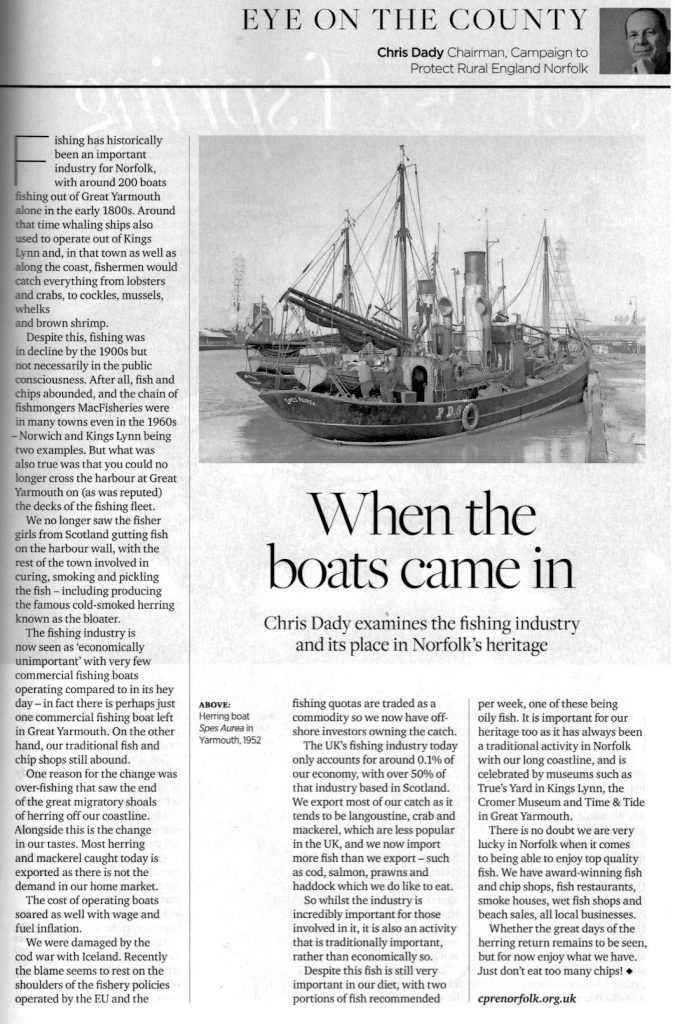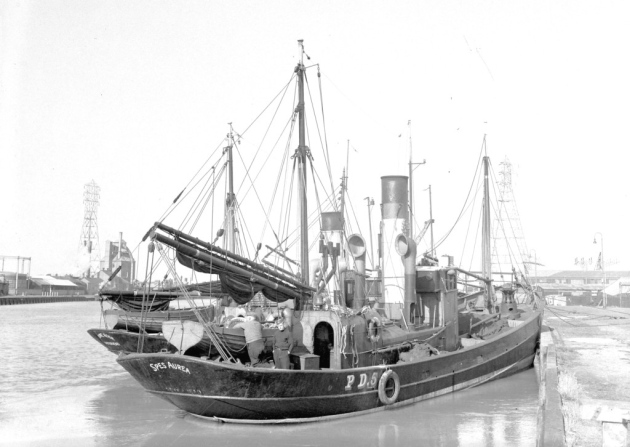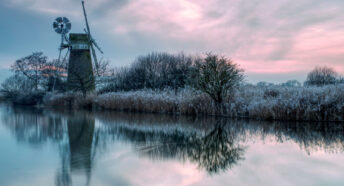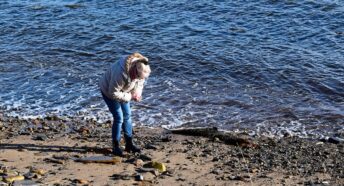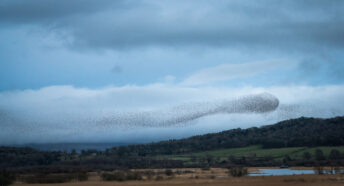When the boats come in – Norfolk’s fishing heritage
Chris Dady examines the fishing industry and it’s place in Norfolk’s heritage.
Fishing has historically been an important industry for Norfolk, with around 200 boats fishing out of Great Yarmouth alone in the early 1800s. Around that time whaling ships also used to operate out of Kings Lynn and, in that town as well as along the coast, fishermen would catch everything from lobsters and crabs, to cockles, mussels, whelks and brown shrimp.
Despite this, fishing was in decline by the 1900s but not necessarily in the public consciousness. After all, fish and chips abounded, and the chain of fishmongers MacFisheries were in many towns even in the 1960s – Norwich and Kings Lynn being two examples. But what was also true was that you could no longer cross the harbour at Great Yarmouth on (as was reputed) the decks of the fishing fleet.
We no longer saw the fisher girls from Scotland gutting fish on the harbour wall, with the rest of the town involved in curing, smoking and pickling the fish – including producing the famous cold-smoked herring known as the bloater.
The fishing industry is now seen as ‘economically unimportant’ with very few commercial fishing boats operating compared to in its hey day – in fact there is perhaps just one commercial fishing boat left in Great Yarmouth. On the other hand, our traditional fish and chip shops still abound.
One reason for the change was over-fishing that saw the end of the great migratory shoals of herring off our coastline. Alongside this is the change in our tastes. Most herring and mackerel caught today is exported as there is not the demand in our home market.
The cost of operating boats soared as well with wage and fuel inflation.
We were damaged by the cod war with Iceland. Recently the blame seems to rest on the shoulders of the fishery policies operated by the EU and the fishing quotas are traded as a commodity so we now have off-shore investors owning the catch.
The UK’s fishing industry today only accounts for around 0.1% of our economy, with over 50% of that industry based in Scotland. We export most of our catch as it tends to be langoustine, crab and mackerel, which are less popular in the UK, and we now import more fish than we export – such as cod, salmon, prawns and haddock which we do like to eat.
So whilst the industry is incredibly important for those involved in it, it is also an activity that is traditionally important, rather than economically so.
Despite this fish is still very important in our diet, with two portions of fish recommended per week, one of these being oily fish. It is important for our heritage too as it has always been a traditional activity in Norfolk with our long coastline, and is celebrated by museums such as True’s Yard in Kings Lynn, the Cromer Museum and Time & Tide in Great Yarmouth.
There is no doubt we are very lucky in Norfolk when it comes to being able to enjoy top quality fish. We have award-winning fish and chip shops, fish restaurants, smoke houses, wet fish shops and beach sales, all local businesses.
Whether the great days of the herring return remains to be seen, but for now enjoy what we have. Just don’t eat too many chips!
This article first appeared in the April 2020 edition of the Norfolk magazine.
